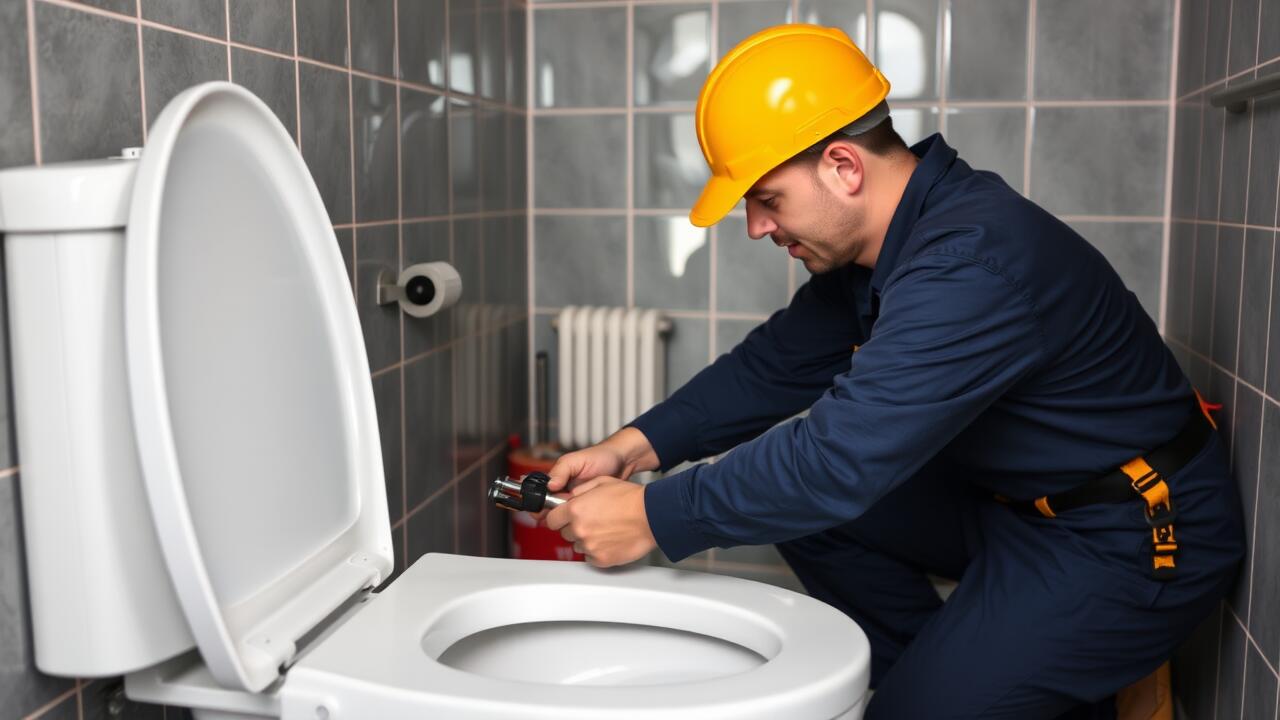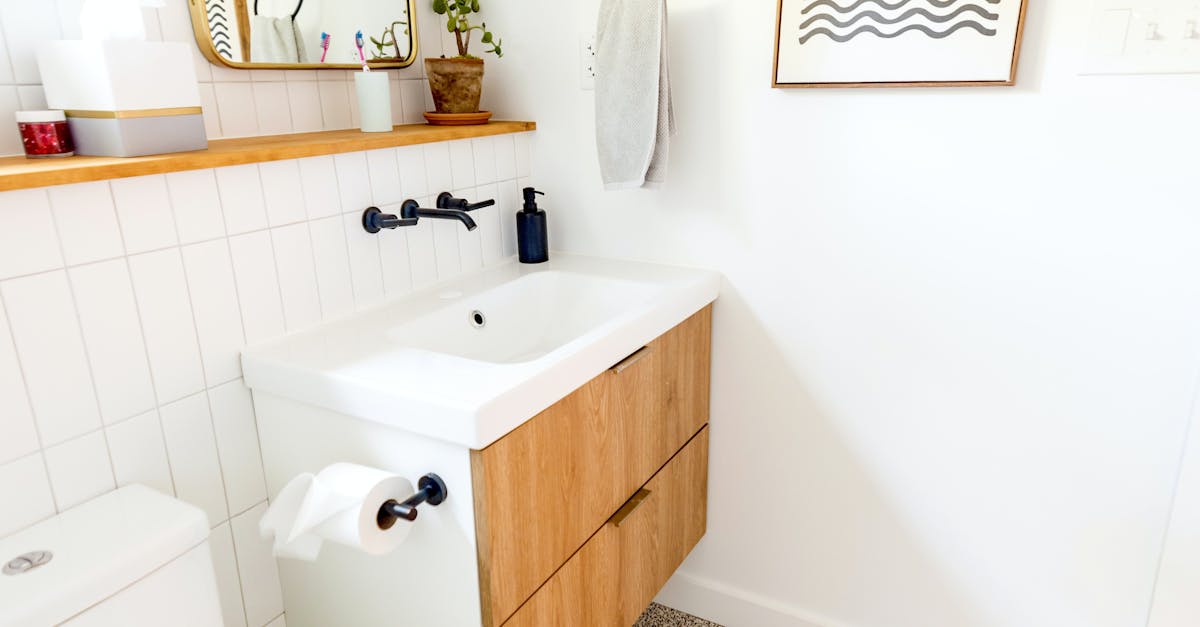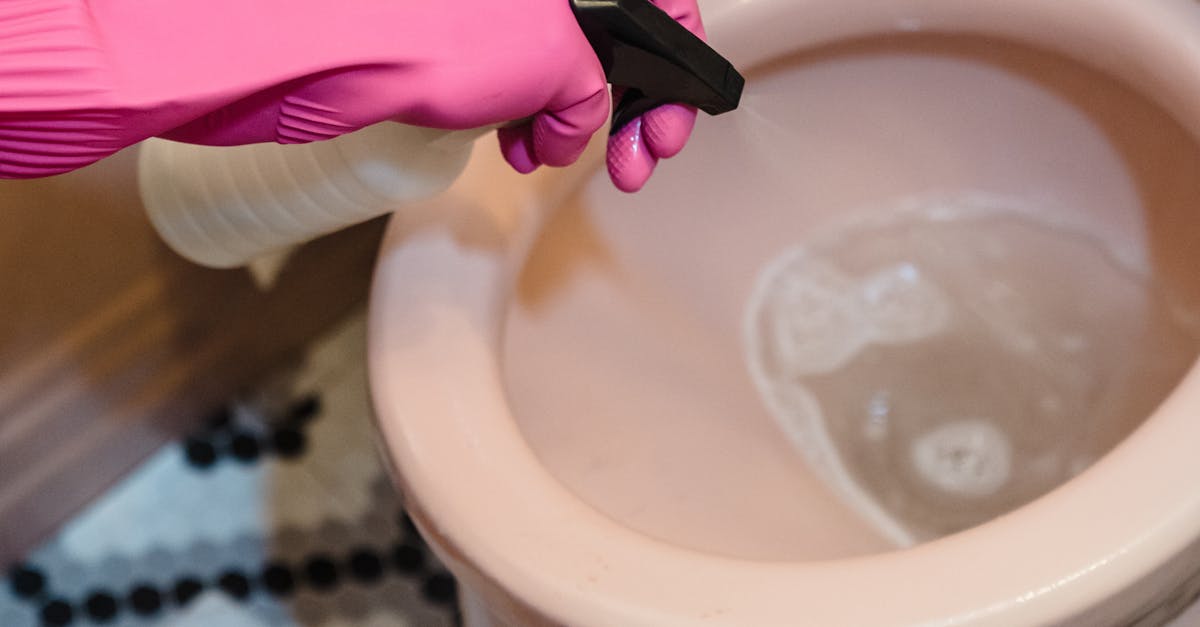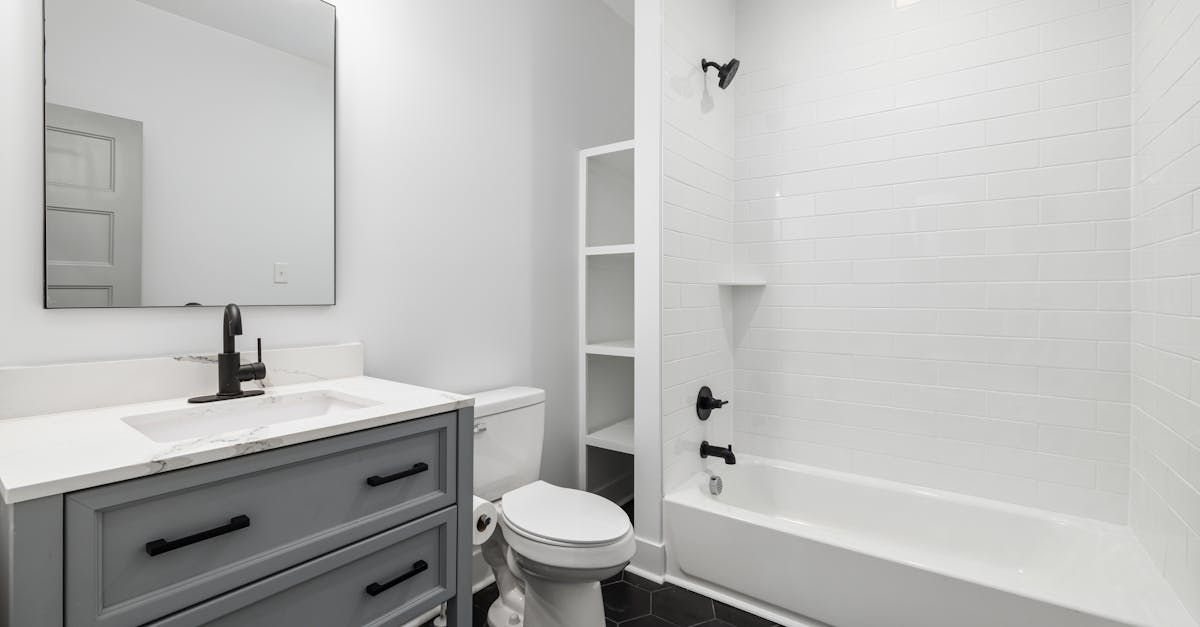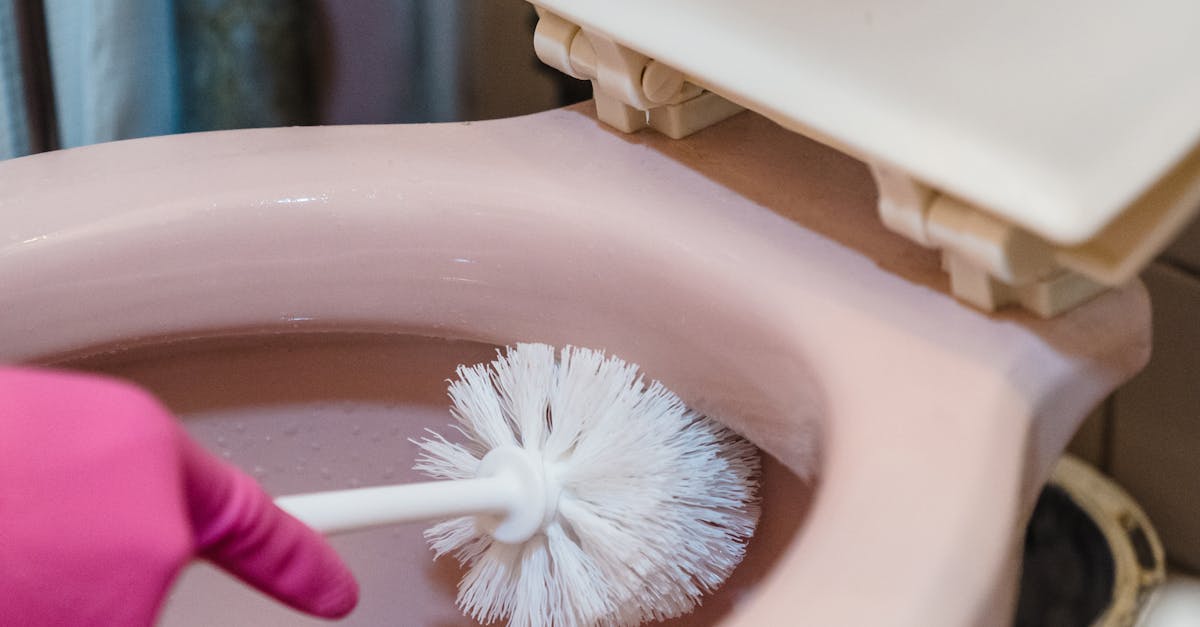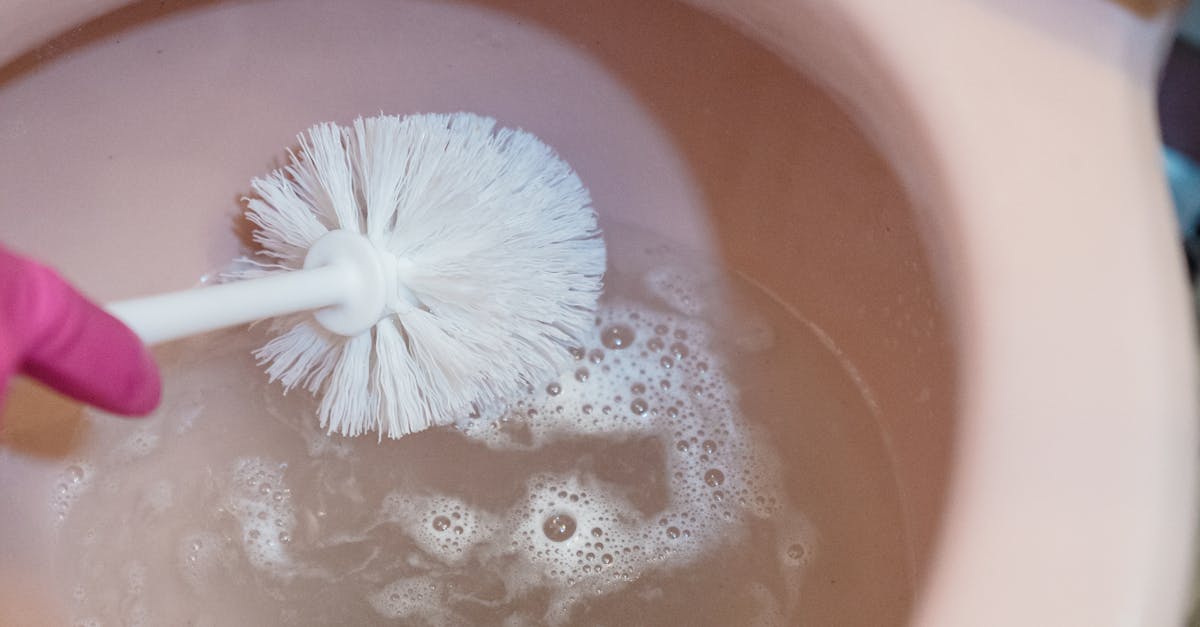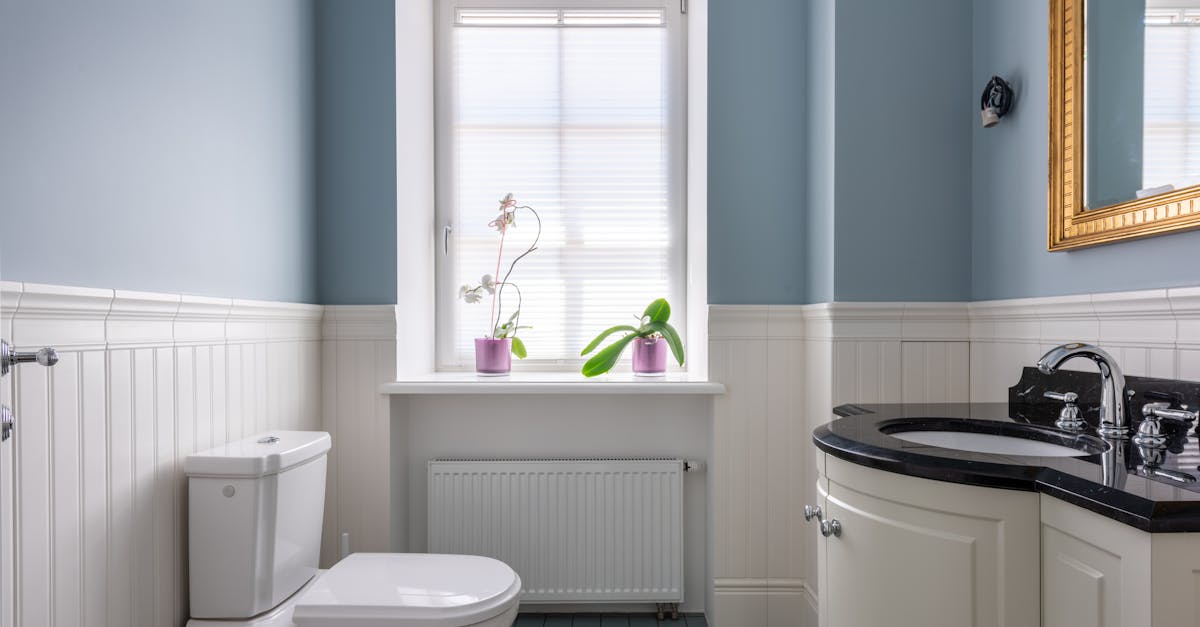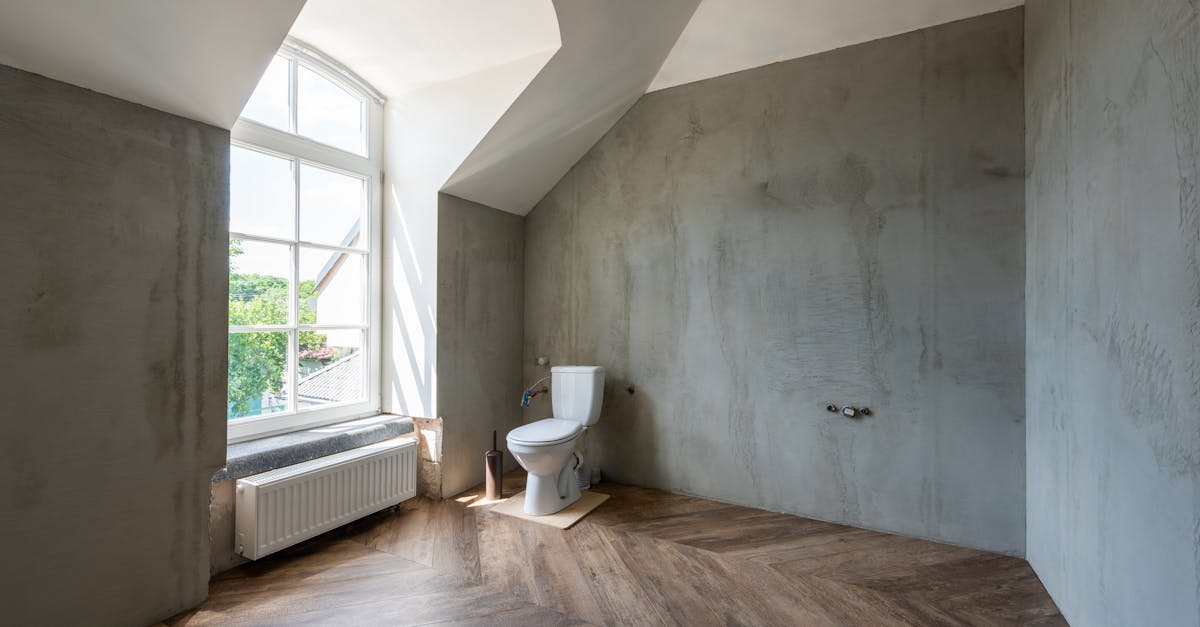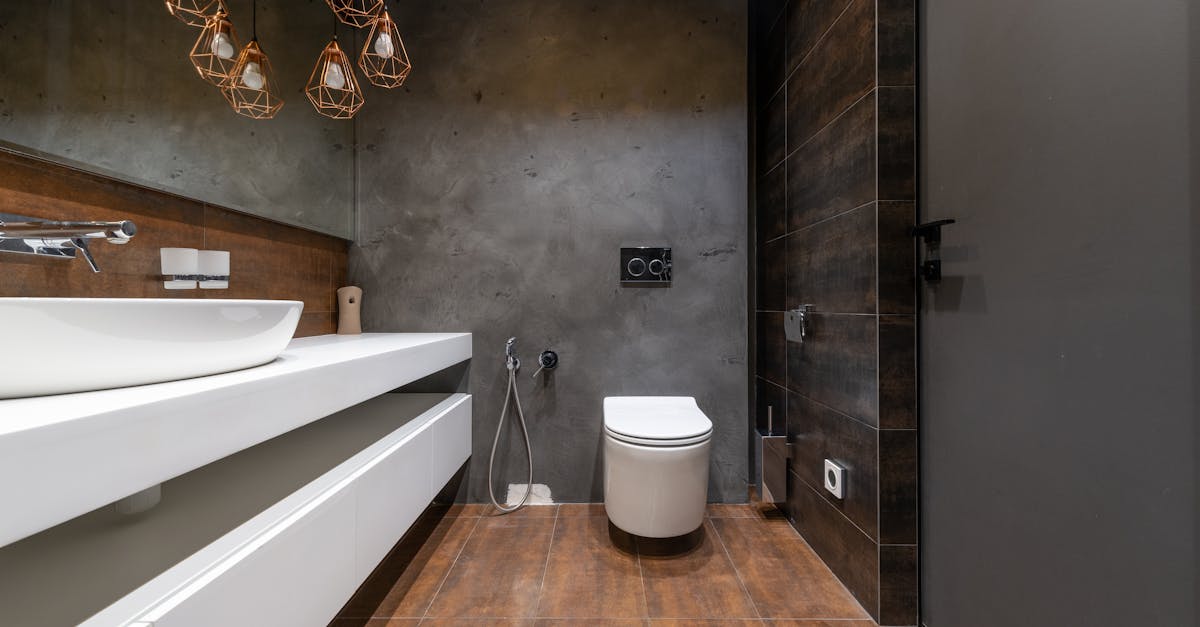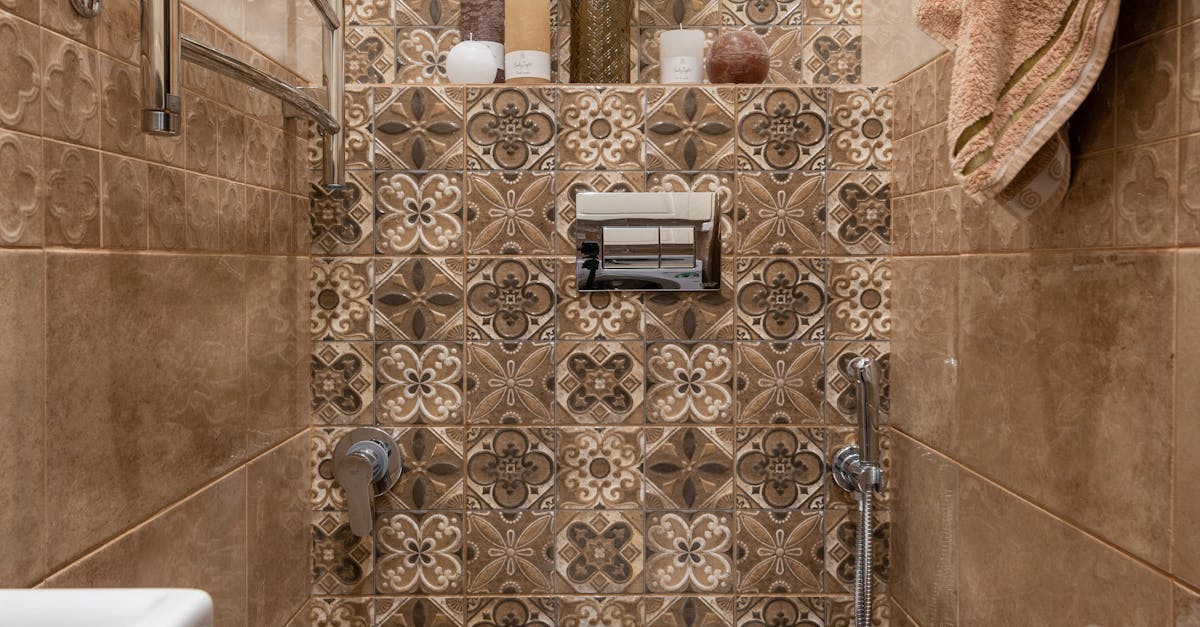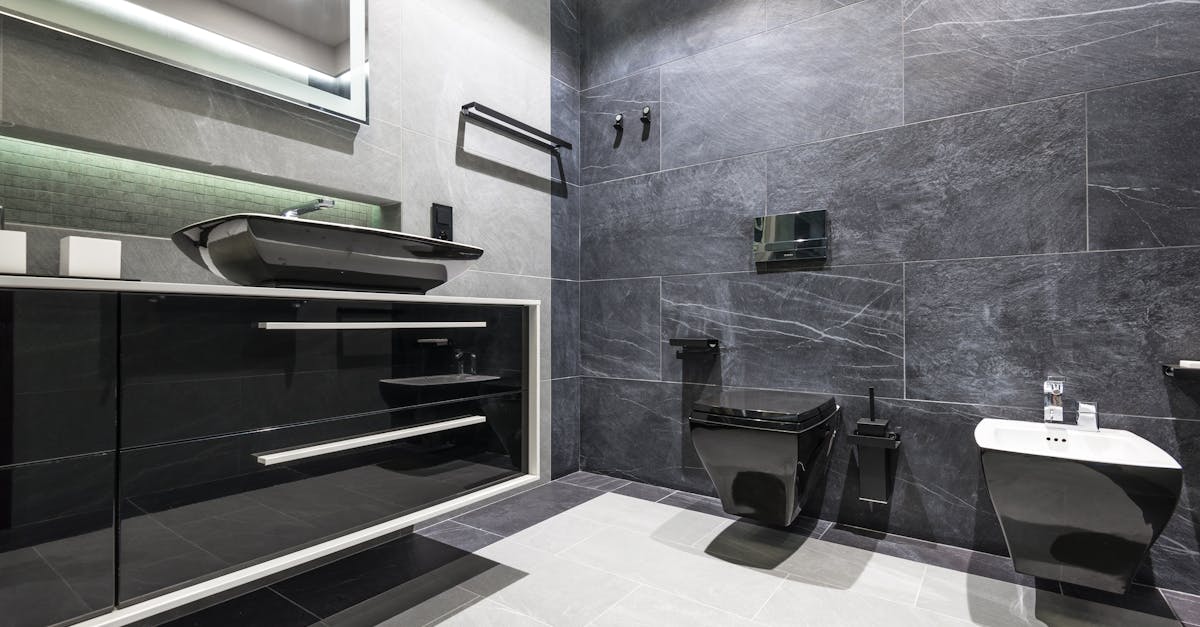
Table Of Contents
Inspecting the Water Supply
When diagnosing a toilet issue, inspecting the water supply is one of the first steps. Ensure that the shut-off valve, typically located near the wall behind the toilet, is fully open. A partially closed valve can restrict water flow, leading to various problems such as weak flushing or frequent toilet clogs. Additionally, check for any visible leaks around the valve or the connecting hose, as these can not only affect performance but may also require immediate toilet repairs to prevent water damage.
Next, assess the pressure of the incoming water supply. A pressure test can help determine if the system is providing adequate flow for optimal toilet function. Low water pressure may stem from issues within the plumbing system, such as clogs or pipe corrosion. In cases of insufficient pressure, further investigation might be necessary to pinpoint the source of the problem. Addressing these issues promptly is crucial for effective toilet repairs and maintaining a well-functioning bathroom.
Ensuring Proper Flow and Pressure
Checking the water supply to your toilet begins with examining the flow and pressure to ensure everything operates smoothly. A consistent flow rate allows the toilet to refill efficiently after each flush. If the flow is weak, obstructions in the supply line could be to blame. Sediment build-up or kinks in the hose are common culprits. Addressing these issues is crucial before proceeding with toilet repairs, as insufficient water can lead to persistent troubles.
Pressure is equally important in maintaining proper function in the toilet system. You can test pressure by observing how quickly the toilet refills after a flush, ideally within a few minutes. Low pressure may indicate a broader plumbing problem, possibly involving shut-off valves or the main supply line. Before tackling any specific toilet repairs, consider consulting a plumber if you notice significant pressure issues, as they may require professional intervention for a lasting solution.
Examining the Flapper Valve
The flapper valve plays a crucial role in the functioning of your toilet. Its primary purpose is to seal the tank and prevent water from leaking into the bowl when not in use. Over time, flappers can become worn, warped, or covered in mineral deposits, leading to flushing problems. A simple inspection can reveal if the flapper is properly seated or if it needs cleaning or replacement. If there's a continuous sound of running water, it's likely that the flapper isn't sealing effectively.
Testing the flapper's function is straightforward. Begin by removing the tank lid and inspecting the flapper while the toilet is flushed. Check for any delays in closing or if the flapper stays open longer than necessary. If water continues to flow after the flapper has closed, this indicates a failure that could necessitate toilet repairs. Ensuring that this component works correctly is essential for maintaining water efficiency and preventing unwanted costs.
Testing for Proper Seal and Function
To determine if the flapper valve is functioning correctly, a simple test can be conducted. Begin by adding a few drops of food colouring into the toilet tank. After waiting for about 30 minutes, check the bowl for any signs of colour. If the colour appears in the bowl, it indicates a leak caused by a faulty flapper valve. This issue can lead to unnecessary water wastage and may require immediate attention as part of toilet repairs.
In addition to the colouring test, manually inspect the flapper for signs of wear and tear. A well-sealed flapper should sit snugly against the flush valve. If you find that the flapper is warped or hardened, it may not create a proper seal. Regular maintenance or replacement of the flapper can prevent ongoing issues and ensure that the toilet operates efficiently, reducing the likelihood of more extensive toilet repairs in the future.
Reviewing the Fill Valve
The fill valve is essential for maintaining the correct water level in the toilet tank. If it malfunctions, it can lead to continuous running or insufficient water filling after a flush. Start by inspecting the valve for any visible signs of wear or damage. A worn-out valve may not open or close properly, resulting in water wastage. Additionally, check for blockages that can impede water flow. If these issues persist, it may be time to replace the fill valve to ensure the toilet operates efficiently.
When assessing the fill valve's functionality, it’s important to listen for unusual sounds during the filling process. A hissing noise can indicate a problem with the valve’s seal, while a rattling sound might suggest loose parts. Addressing these issues promptly can prevent more extensive toilet repairs down the line. If necessary, adjustments to the float mechanism can also help regulate the water level, ensuring that the toilet performs as expected after each use.
Diagnosing Issues with Water Level Control
Water level control in a toilet is crucial for efficient flushing and preventing overflows. A common issue arises when the fill valve malfunctions, resulting in a tank that does not fill to the correct level. This can lead to weak flushes or, conversely, water spilling from the overflow tube. To diagnose this issue, inspect the water level in the tank and ensure it reaches the marked line. Adjusting the float mechanism is often necessary to attain optimal performance.
Another important factor to consider is the cleanliness of the fill valve. Mineral build-up can restrict water flow, which directly affects the tank's ability to fill properly. Cleaning the valve or replacing it may resolve the problem. Regular maintenance can help prevent the need for extensive toilet repairs. Troubleshooting these elements requires attention to detail and sometimes a bit of trial and error, but addressing water level issues is essential for a fully functioning toilet.
FAQS
What are the common signs of a toilet issue?
Common signs of a toilet issue include frequent clogging, water leaking from the base or tank, a toilet that won’t flush properly, or unusual noises such as gurgling or hissing sounds when the toilet is in use.
How can I check if the water supply is sufficient for my toilet?
To check the water supply, inspect the water shut-off valve to ensure it is fully open. You can also flush the toilet while observing the flow rate. If the flush is weak or the tank takes too long to fill, there may be an issue with the water supply pressure.
How do I test the flapper valve for proper function?
To test the flapper valve, remove the tank lid and flush the toilet. Observe if the flapper rises and falls properly. If water continues to leak into the bowl after flushing, the flapper may not be sealing correctly and might need to be replaced.
What should I do if the fill valve is malfunctioning?
If the fill valve is malfunctioning, check for debris or mineral build-up that may be obstructing it. If cleaning does not resolve the issue, you may need to replace the fill valve altogether for proper water level control.
What maintenance can I perform to prevent toilet issues?
To prevent toilet issues, regularly inspect and clean components like the flapper and fill valve, avoid flushing inappropriate items, check for leaks, and maintain proper water levels in the tank. Regular maintenance can help ensure the longevity and functionality of your toilet.
